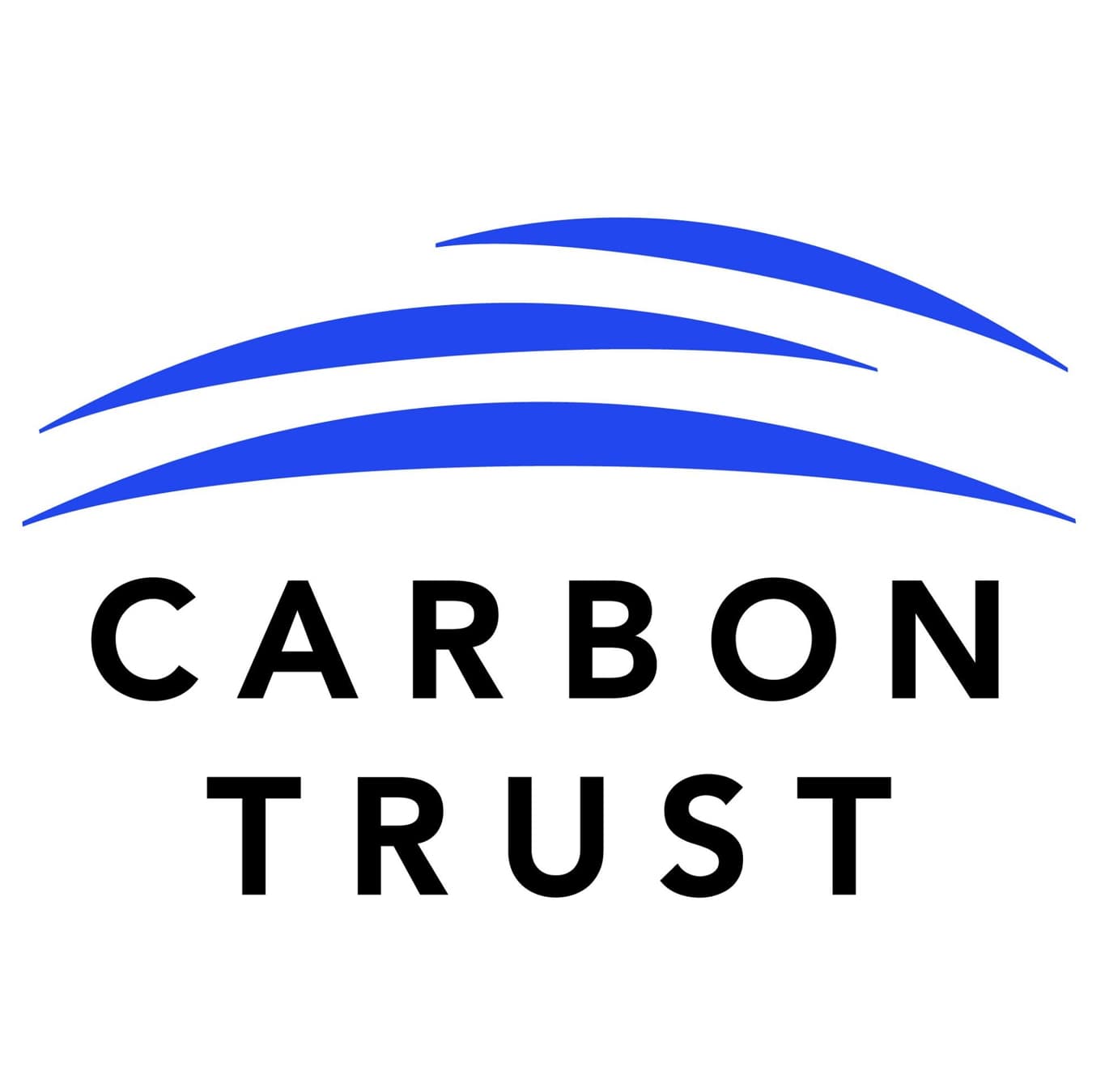Net Zero Guidebook
How to decarbonize your business, step by step
The most up-to-date and comprehensive guidebook to support your decarbonization journey
Chapter 1
Prepare
How to best prepare your company to start and accelerate its Net Zero journey
Chapter 2
Measure & Verify
How to measure, improve and verify your company's GHG footprint
Chapter 3
Set target
How to set robust and meaningful Net Zero related targets
Chapter 4
Reduce
How to prioritize, plan and implement emission reduction actions
Chapter 5
Report
How to disclose your company’s climate exposure and action with confidence and credibility
Chapter 6
Act Beyond Value Chain
How to enhance your Net Zero strategy by taking actions beyond your value chain
Chapter 7
Adapt
How to create a resilient business by adapting to climate-related physical risks
WBCSD Academy
Are you up to date?
With a free WBCSD-Academy account, you can test your knowledge and identify key learning areas.
More chapters coming soon (e.g. how to leverage removals, just transition ...)


